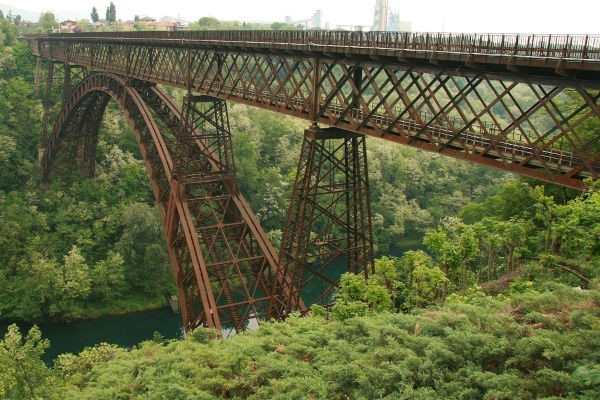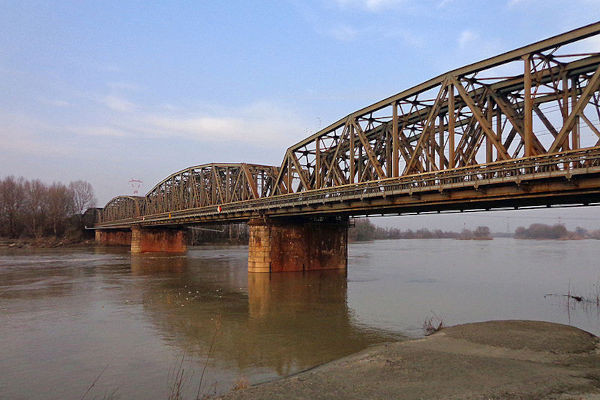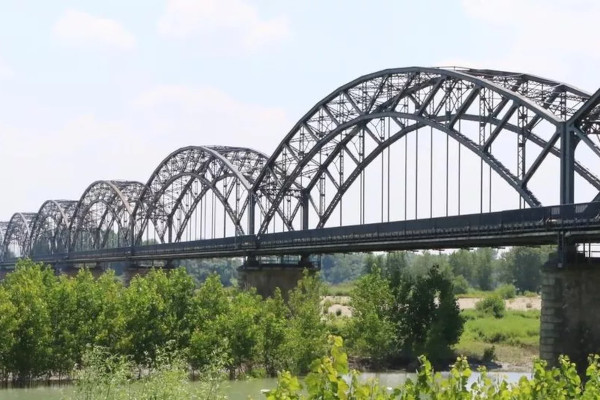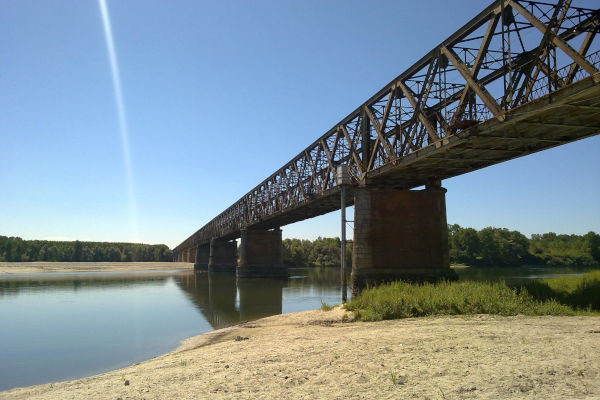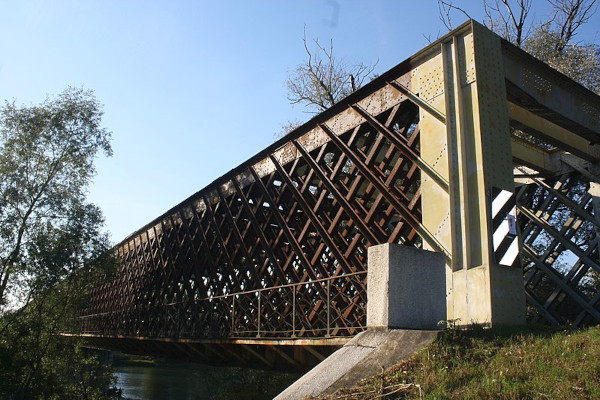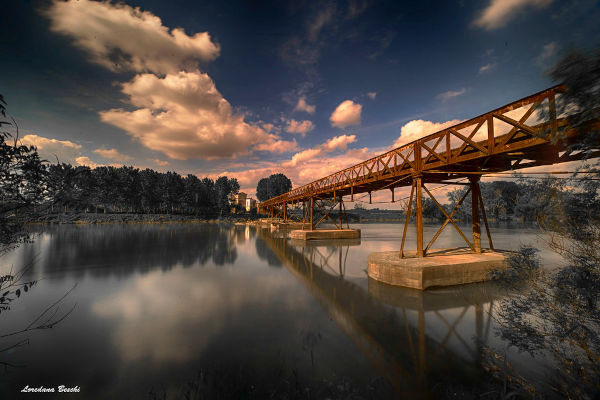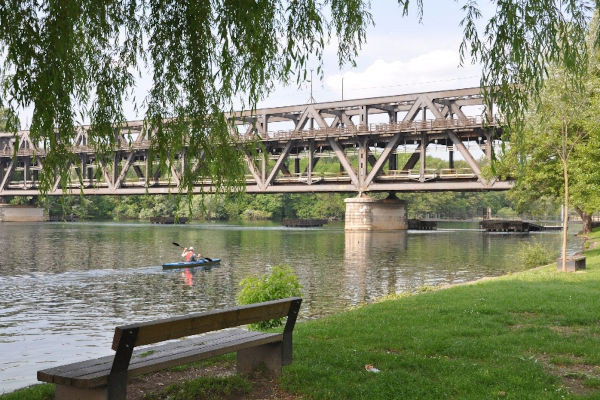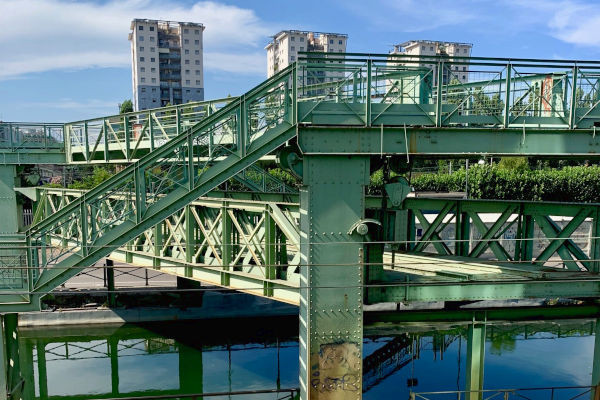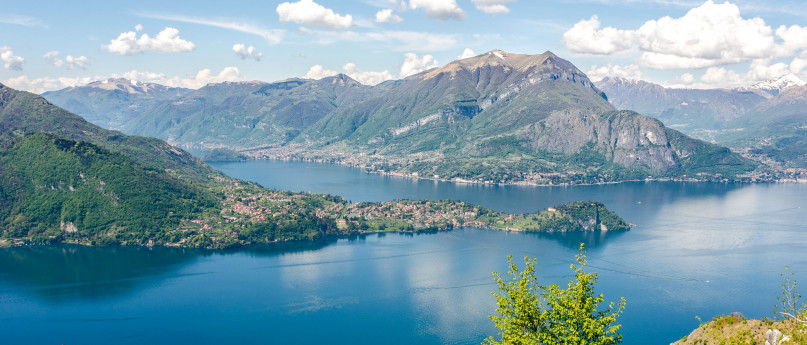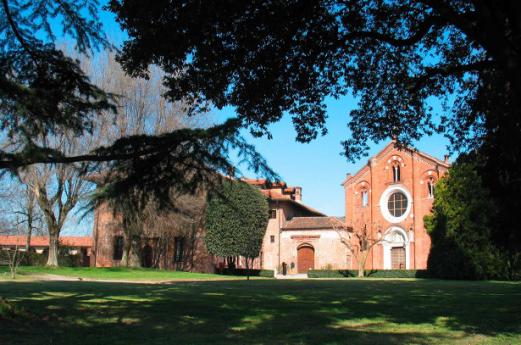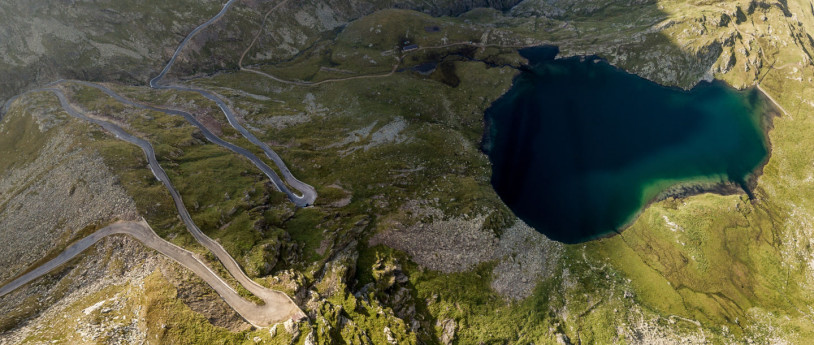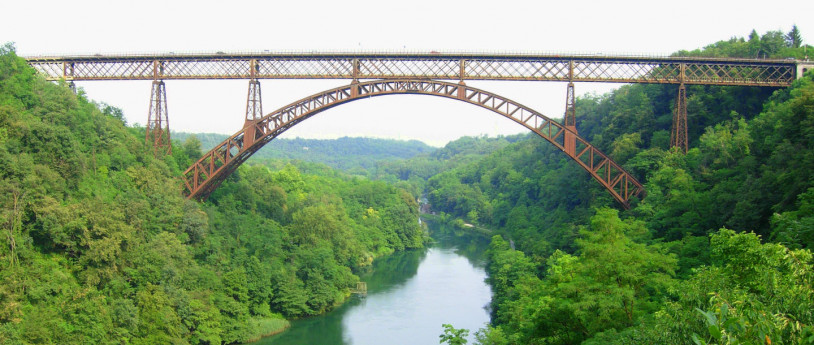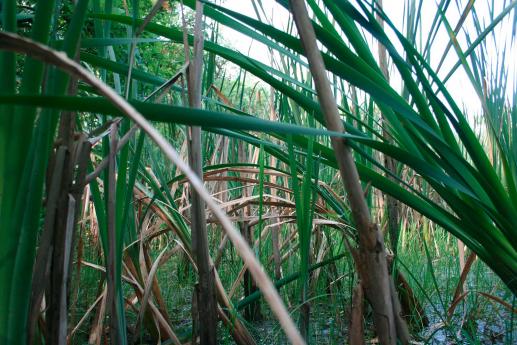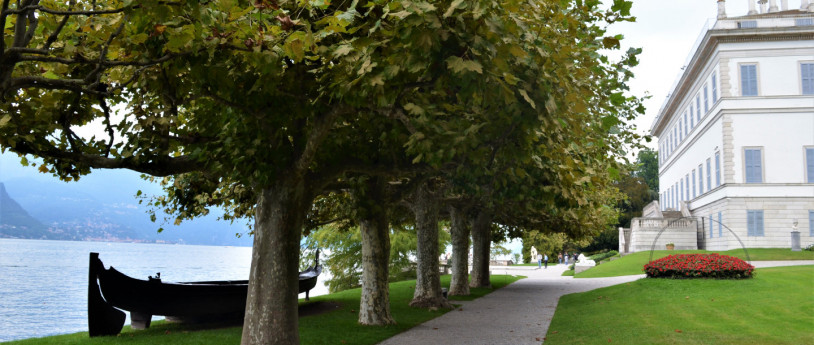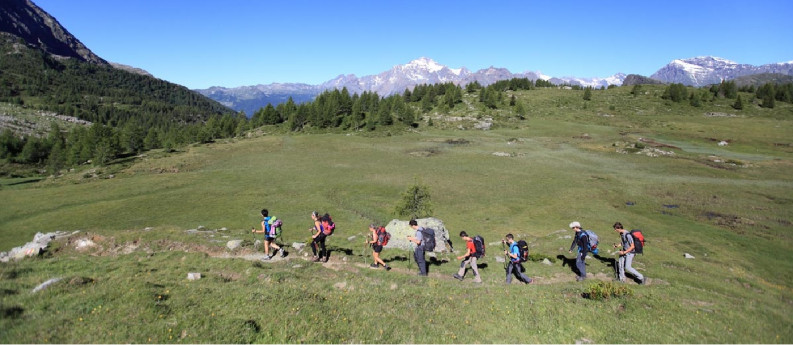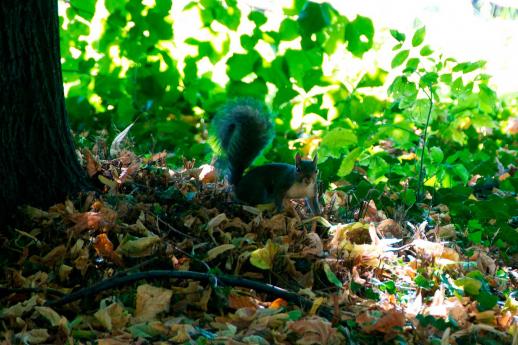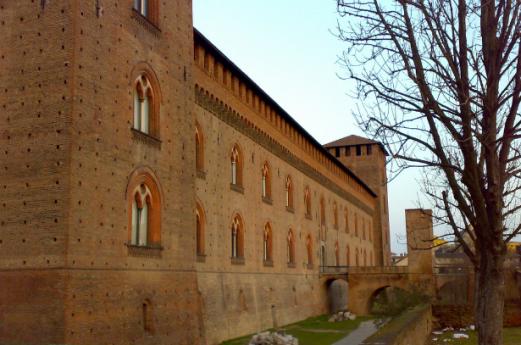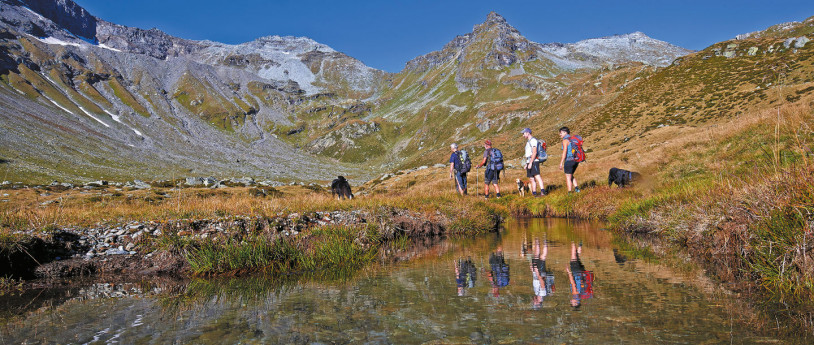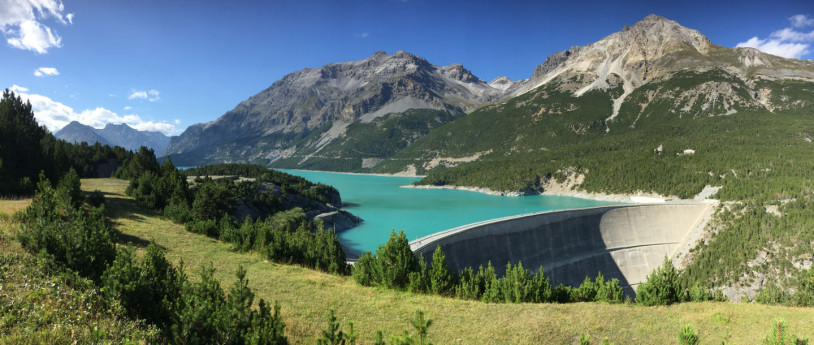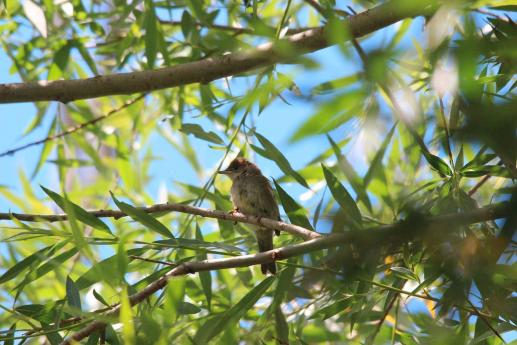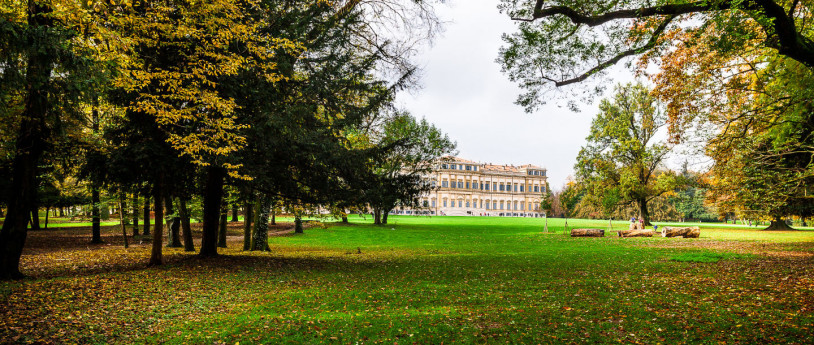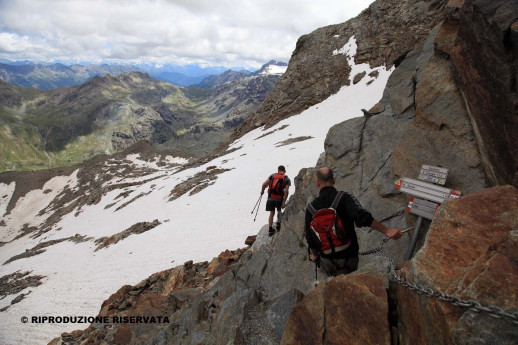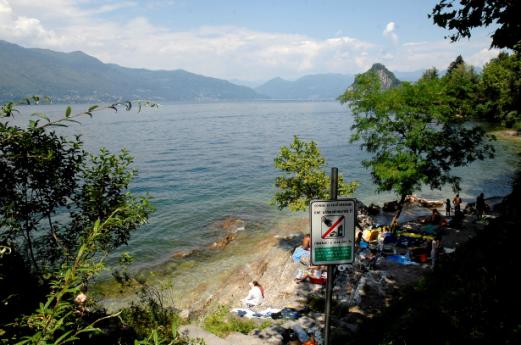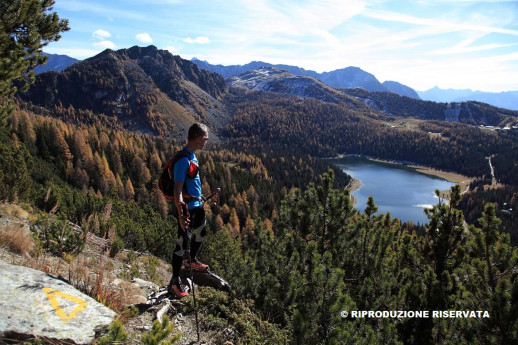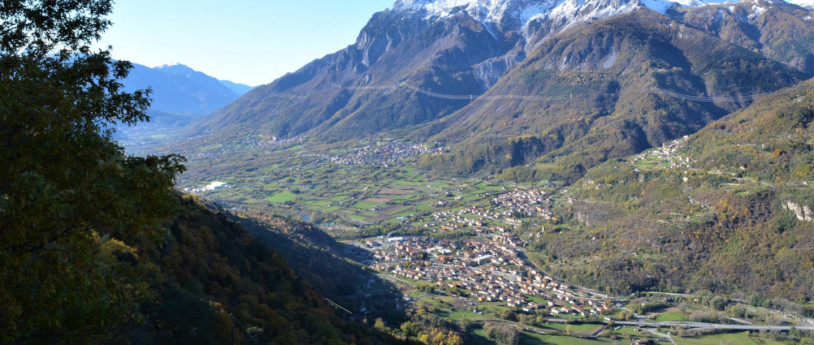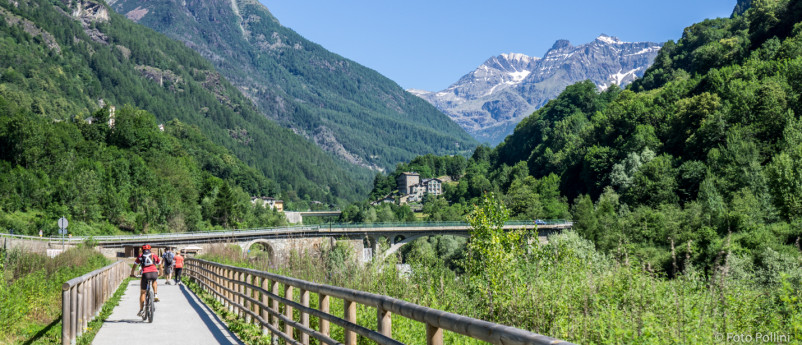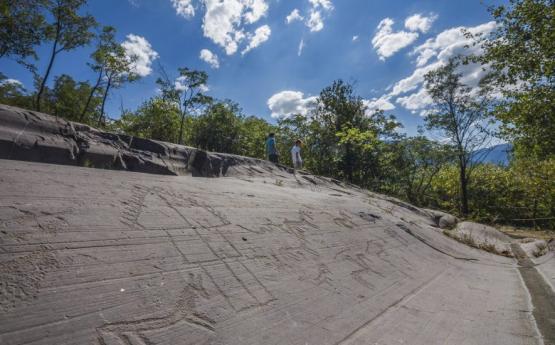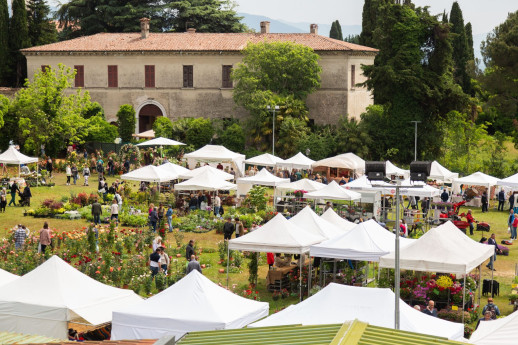- Active & Green
- Art & Culture
Iron bridges, man-made constructions
Discovering the fruits of human ingenuity that tell the story of the Lombardy landscape. Eight iron bridges along the rivers of Lombardy: from the Po to the Ticino, from the Oglio to the canals of Milan.
How often when travelling and concentrating on driving, distracted by our thoughts, are we surprised by the beauty of the places and the works of human ingenuity that we see flow by through the car window, as in a film? The iron bridges represent some of the most spectacular examples of twentieth century engineering. They tell stories, bear witness to epochs and define the landscapes of Lombardy, punctuating them with their lightweight structures and daring spans that stand out against the blue of the sky, while the river flows by below. Watch out for them from now on. In the meantime, here are eight iron bridges which are among the most beautiful in Lombardy.
The Paderno d’Adda Bridge: a unique example
Known as the Paderno d’Adda Bridge, it is also called the San Michele Bridge, or Bridge of Calusco (the town connected to Paderno), or the Röthlisberger Bridge, after the Swiss engineer who designed it in the late nineteenth century. A spectacular arched bridge, built over a gorge in the Adda by the Società Nazionale delle Officine Savigliano between 1887 and 1889, it is 150 metres high and 266 metres long. It is a symbol of the excellence of Lombard engineering: the 150-metre-long single span in iron girders carries two levels - road and rail - supported by seven massive pillars; the structure is riveted, without welding (over 100,000 rivets were used); it weighs a total of 2,500 tons and 7,200 m3 of stone and granite were used to construct the supports. The bridge is really worth a visit: it is not by chance that it is a candidate for UNESCO World Heritage Site.
Over the longest river in Italy, the Po
The Po, which crosses four regions of northern Italy, offers many examples of iron bridges along its course, including in Lombardy. There are three, in particular, which stand out for their originality.
The oldest, the Piacenza Railway Bridge, dates back to 1861! It connects Lombardy - in particular the Lodi region - with Emilia-Romagna. Temporarily built in wood with a truss structure, the iron version was completed in 1865, by the Parent Schanken company. Its distinctive feature, in addition to the versatility of its engineering, was the two imposing neo-Gothic portals, which are sadly no more. No longer meeting the needs of traffic, the bridge was rebuilt between 1931 and 1932 and once again after the war.
Also constructed in iron, the eight arched spans of the Gerola Bridge (or Cornale Bridge) rise above the Po in the province of Pavia, connecting the Lomellina with the Oltrepò. An interesting fact! It's the only bridge over the Po to be paved with cubes of porphyry. What's more, it is one of the most valued for its lightweight structure and the elegance of its line, the result of a project with high technical value and skilful construction, by Officine Savigliano (1913-1916).
The Becca Bridge is located in the Oltrepò Pavese, where the river converges with the Ticino. Built between 1910 and 1912 by Larini Nathan of Milan, it has a long history: in the nineteenth century, where it now stands, there was a ferry service, then replaced by a pontoon bridge, to transport the grapes from the countryside of Pavia throughout Lombardy. It was even opened by a member of the Italian royal family, in the person of Vittorio Emanuele di Savoia.
Over the Ticino, in Oleggio: a last echo from the States
Along the course of the Ticino, the Oleggio Bridge connects the town of Oleggio, in Piedmont, with Lonate Pozzolo. The bridge dates back to 1889 and represents the last evidence of Italian iron bridges inspired by American wooden lattice truss bridges. It is a lattice truss bridge, 187 metres high and 185 metres long designed to take road traffic by the engineer Vincenzo Soldati and completed between 1887 and 1889 by Fratelli Invitti of Milano.
The Bridge over the Oglio in Calvatone
In Lower Lombardy, between the provinces of Mantua and Cremona, the Bridge over the Oglio connects Acquanegra sul Chiese and Calvatone, in the Parco dell’Oglio Sud regional park. The lattice structure is very simple, the bridge is 80 metres long and 3 metres wide. However, the bridge is famous because it appears in some sequences of the 1957 film "A Farewell to Arms", a story of love and war adapted from the novel by Ernest Hemingway and directed by Charles Vidor, one of the best films of the twentieth century.
El Punt da Féer, one of the symbols of Sesto Calende
The original bridge was built in 1882 but was bombed during the First World War. However, the current Punt da Féer in Sesto Calende spans the Ticino, connecting the Lombardy side to the Piedmont side, and dates back to 1952. A wonderful video tells the story from early history: first construction, destruction by bombing, temporary versions and renewal.
Milan also has its own iron bridges
The capital of Lombardy also abounds with iron bridges of various types and sizes, small ones in the city's parks, and larger ones over the canals. Right on the Naviglio Grande, in via Lodovico il Moro, the Richard Ginori Bridge is a beautiful example a mobile railway bridge in iron: it dates back to 1906 and was built using the same technology as the Eiffel Tower. In its early days in Milan, the ceramics factory used it to receive loads of kaolin and to ship out the finished products. The upper pedestrian level of the bridge led down to the canal banks, connecting to the railway tracks and then rising up again, enabling boats to continue to navigate the river and pedestrians to cross it.
